
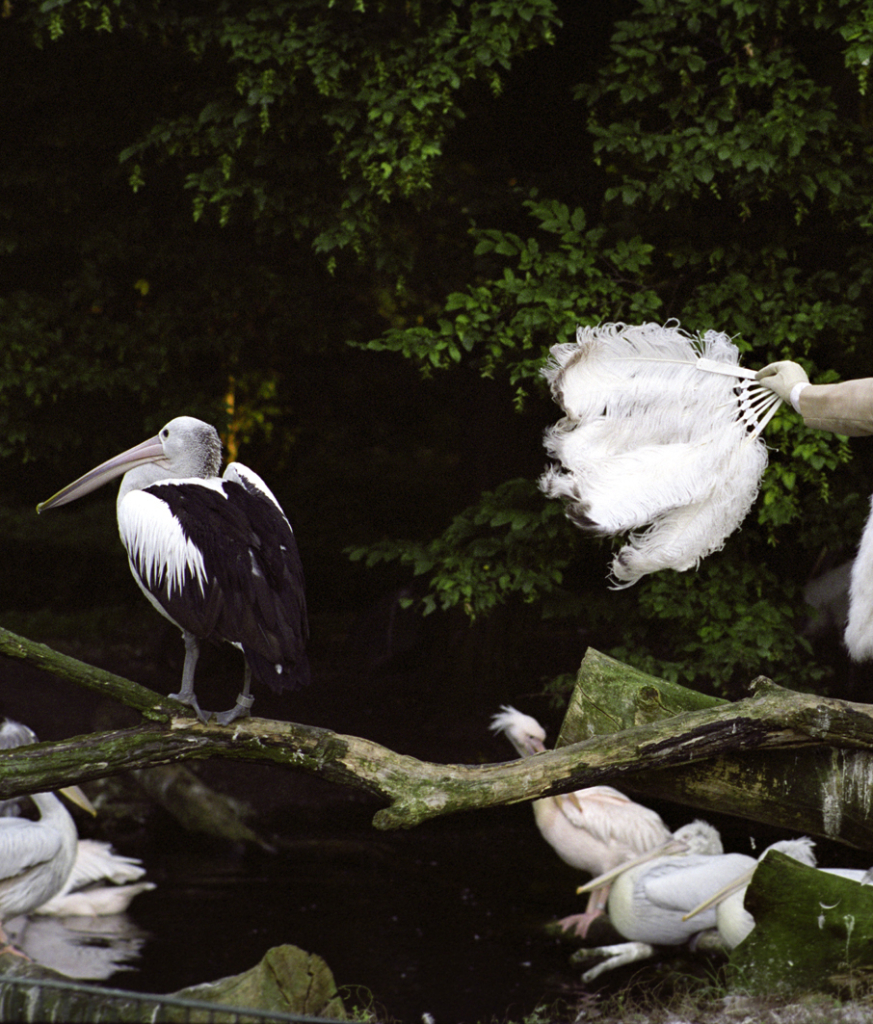
Charming for the Revolution
11.03–02.07.2023
Charming for the Revolution
11.03–02.07.2023

Charming for the Revolution, Pauline Boudry / Renate Lorenz, still. Installation with 16mm/HD, 11 min. 2009. Performance: Werner Hirsch. Courtesy of Ellen de Bruijne Projects Amsterdam and Marcelle Alix Paris.
Jester inaugurates its new programme with the group exhibition Charming for the Revolution*, introducing several major themes and values that underlie Jester’s programme and identity. The exhibition is part of a longer collaboration with artists Carly Rose Bedford, Toon Fibbe, and Pauline Boudry & Renate Lorenz – all of whom present new productions or works adapted to Jester’s unique exhibition space at C-mine.
Charming for the Revolution gives platform to artists who persistently choose to view the world from another perspective and to manipulate, magnify, or on the contrary, disguise things. Their works examine our relationship to labour, history, economy, and materials.
In conjunction with the exhibition, Jester organises a number of public events, including a reading group, a film programme, and a series of talks. More information about the programme will be published soon, on Jester’s new website (coming up in February).
* The title of the exhibition borrows from the film Charming for the Revolution (2009) by Pauline Boudry & Renate Lorenz
Carly Rose Bedford’s work addresses the themes such as LGBTQ+, emancipation, the body vs hierarchical structures and translates them into a multidisciplinary practice. The seemingly recognisable forms and objects incorporated in their installations cannot be easily labelled or interpreted. Bedford rejects normative representation and proposes alternative relationships that we can enter with people, nature, and things around us. Carly Rose Bedford graduated from the Sandberg Institute, Amsterdam. In 2019, they won the MK Awards, followed by several solo presentations in the following years, including Utopian Redux (2020) at TENT Rotterdam.
Pauline Boudry and Renate Lorenz have been working together in Berlin since 2007. They produce installations that choreograph the tension between visibility and opacity. Their films capture performances in front of the camera, often starting with a song, a picture, a film or a score from the near past. They upset normative historical narratives and conventions of spectatorship, as figures and actions across time are staged, layered and re-imagined. Their performers are choreographers, artists and musicians, with whom they are having a long-term conversation about the conditions of performance, the violent history of visibility, the pathologization of bodies, but also about companionship, glamour and resistance. Their sculptures and objects often refer to the potentiality of performance, using materials that connect to props, stages, costumes, microphones, wigs or dance floors.
Recently, they have shown their work at the Crystal Palace – Museo Reina Sofia Madrid, Whitechapel Gallery, London, Hammer Museum Los Angeles, Seoul Museum of Art, Centre Pompidou Paris. Recent solo exhibitions include CA2M Madrid, 2022, Kunstraum Innsbruck, (2021), Frac Rennes (2021), NBK Berlin (2020), Swiss Pavillon, 58th Biennale di Venezia (2019), Julia Stoschek Collection Berlin (2019).
(text: Boudry & Lorenz)
Toon Fibbe uses performance, video, fashion, installation, text and sculpture to get a better grip on the shadowy world of finance and economics. The invention of characters and personas is what drives the production of objects, films and installations. It is precisely thinking through characters that makes it possible to transform the abstractions of the financial world into unexpectedly theatrical works, wherein extravagant stock market traders stagger on high heels and finance is made visible through talking sculptures, body horror and physical – sometimes even literally dripping – images. Fibbe deals with bodily and ghostly metaphors as a way of understanding economic processes – both now and throughout history. His work departs from the idea that political economy has always had an affinity with the ghostly sphere – as seen, for instance, in Adam Smith’s metaphor of the invisible hand or in the writings of Marx, but also in the gothic fiction of the 19th century.
Toon Fibbe graduated from the Piet Zwart Institute and did a postgraduate at the Jan van Eyck. His work has been shown at Wiels, Kunsthuis Syb, M HKA, Nieuwe Vide, M Leuven, and Kunstfort Vijfhuizen, and others.
(text: Toon Fibbe)
Realised with the kind support of the Flemish Community, the city of Genk, and Jester members.

photos: Stefanie Schaut














photos: Stefanie Schaut

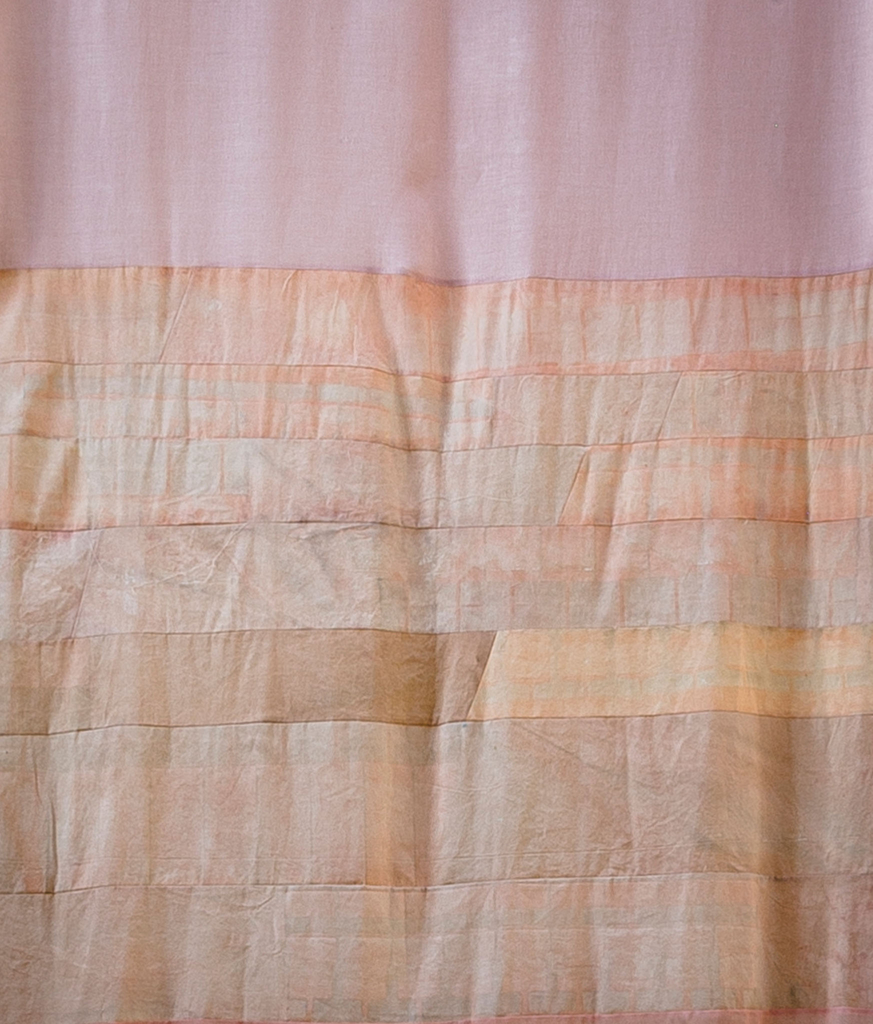
Petrichor
13.09–08.11.2020
Lichen Curatorial Prize
Petrichor
13.09–08.11.2020
A group exhibition with Félicia Atkinson, Ismaïl Bahri, Sina Hensel, Bárbara Prada and Luca Vanello, curated by Lichen Prize laureate Lucie Ménard.
Lichen is a prize for emerging curators, established by CIAP platform for contemporary art and the department of Curatorial Studies at KASK School of Arts to foster and support curatorial experimentation in Belgium. Lichen works with an open call and a jury of experts and prize provides the winner with an opportunity to realise their curatorial project at CIAP, with financial, logistic, and conceptual support of the team.
This year, CIAP and KASK proudly present a group exhibition Petrichor, curated by the laureate of the 2019 edition, Lucie Ménard.
Named after the heady scent emanating from the dry soil during the summer rain, Petrichor echoes the evanescent character of the artistic practices included in the exhibition. It is a celebration of micro-phenomena, inviting us to slow down and focus on the almost imperceptible processes that surround us at every given moment.
A gesture that might seem simple but holds deep political implications, especially today, in the face of the global slowdown caused by the pandemic. As the world stands still, our relationship to labour and productivity is disrupted. What if this forced stop would become an occasion to unlearn and to become aware anew of what surrounds us?
Crystallising or distorting, accelerating or slowing down, the invited artists explore, each in their own way, different strategies of dealing with the temporalities that both surround and compose us. They remind us that we ourselves are temporalities in constant movement, the aggregates of intimate memories and sensory experiences.
Luca Vanello (°1986, Trieste) combines perishable and organic materials with durable, synthetic ones to create his hybrid objects. Playing with various ways to alter the life cycles of the materials, he creates sculptures that seem to be frozen in time, neither developing nor deteriorating and in doing so highlights the vulnerability and circularity of all living organisms.
In the works of Ismaïl Bahri(°1978, Tunis), the seemingly mundane acts, such as water dripping slowly on the floor or a piece of paper fluttering in the wind, become objects of amazement. Working with a basic formal and visual vocabulary and variations thereof, the artist attempts to circumscribe ephemeral phenomena through the simplest gestures.
Sina Hensel (°1986, Mainz) and Bárbara Prada (°1990, Lima) work with organic materials, whose vitality and impermanence play a crucial role in their artistic practices. Hensel shares her studio with various species of plants, algae and other organisms that partake in her creative process. The acts of researching, nurturing, and harvesting are all embedded in the layers of her paintings, which just like natural pigments she uses, alter with time and changing atmospheric conditions. Prada’s practice revolves around food and the stories surrounding it, including forgotten recipes and bits and pieces of vernacular knowledge. She is particularly interested in how food can help us reconnect with our past and relate differently to the present.
Félicia Atkinson’s (°1981, Paris) soundscapes are compositions of different elements, such as spoken language and sounds recorded in-situ, which generate a specific ambience, transporting the listener to another place. The encounter with the work might not take place when one is facing it, she says. We always bring back something precious with us, like a secret slipped into our pocket.
Bio:
Lucie Ménard (°1987, Caen) is an independent curator living in Lille. She is a 2019 alumna of the international post-graduate program Curatorial Studies at KASK School of Arts, Ghent, where she co-curated Weekend at Charlie’s, an exhibition about the collection of architect Charles Vandenhove and Harbinger: Subtle collision, an exhibition about prediction in art and science, in collaboration with art@CERN in Geneva. In summer 2019, while on residency in Kanazawa (Japan), she developed a project mapping the artistic scenes of the twin cities of Ghent and Kanazawa. Since 2012, she has worked as the head of education programmes at Le Fresnoy — Studio national des arts contemporains in Tourcoing. She is one of the co-founders of moss, a cross-border collective for curatorial projects founded in 2020 in Ghent with Lieselotte Egtberts, Elisa Maupas and Anna Stoppa.
The project is realised in collaboration with Curatorial Studies at KASK School of Arts. With the support of the Flemish Community, the City of Genk, and CIAP members.
Related projects
Related Projects
Temporalities of the studio
08.11.2020

















photo: Michiel De Cleene





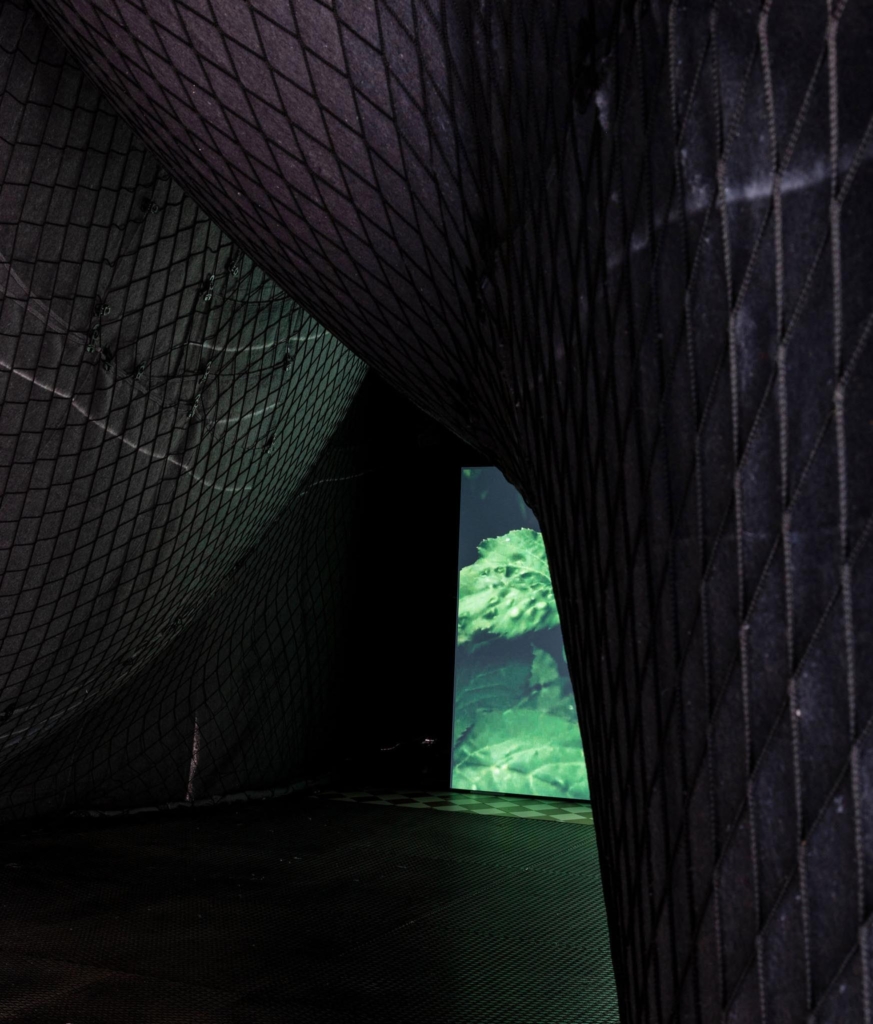
A Demonstration
17.01–14.03.2021
Sasha Litvintseva & Beny Wagner
A Demonstration
17.01–14.03.2021
in collaboration with Chevalier-Masson, Point Supreme & 51N4E
A Demonstration is a monster film with no monsters. Inspired by the existence of taxonomies of monsters at the heart of early modern European science, the film explores and reinterprets a way of seeing the natural world that is almost impossible to imagine from today’s vantage point. Early Modern naturalists were guided by a logic in which truths were discovered through visual analogy. The word ‘monster’ comes from the latin ‘monstrare’, meaning to show, to reveal, to demonstrate. A Demonstration picks up on these themes in a poetic exploration of the boundaries of sight and the metamorphosis of form.
Presented for the first time in the exhibition setting, the film comes into a dialogue with scenography designed by textile designers Chevalier-Masson (Brussels) in collaboration with architectural offices 51N4E (Brussels) and Point Supreme (Athens). Set in the vast, emptied-out machinery hall at C-mine, a former mining site, this temporary, three-dimensional structure generates a sense of spatial and architectural destabilisation. Much like the grottos and follies of Mannerist gardens, it explores the architecture’s ability to affect the body, to show and conceal, to guide and mislead.
Bio:
Sasha Litvintseva and Beny Wagner are artists, filmmakers, researchers and writers. They’ve been working collaboratively in moving image, text, and lectures since 2017. Focussing on moving image as a tool for the active production of new worlds, their practice has been driven by questions about the thresholds between the body and its surroundings, knowledge regimes and power, modes of organizing and perceiving the natural world.
Their combined and individual work has been presented globally: Berlinale, Rotterdam, Courtisane, Cinema Du Reel, RIDM, Ann Arbor, Alchemy and Guanajuato film festivals, Eye Film Museum, HKW Berlin, ICA London, CAC Vilnius, Museum of Contemporary Art Chicago, Berlinische Galerie, MUMOK Vienna, Sonic Acts, Impakt Festival, Berlin Atonal and the Videobrasil, Moscow Young Art, Wroclaw Media Art, Venice Art and Venice Architecture biennales.
Wagner is a lecturer of fine arts at Gerrit Rietveld Academy, Amsterdam and Litvintseva is a lecturer in film at Queen Mary University of London.
With the support of the Flemish Community, the City of Genk, C-mine Cultuurcentrum, and CIAP members.
Related projects









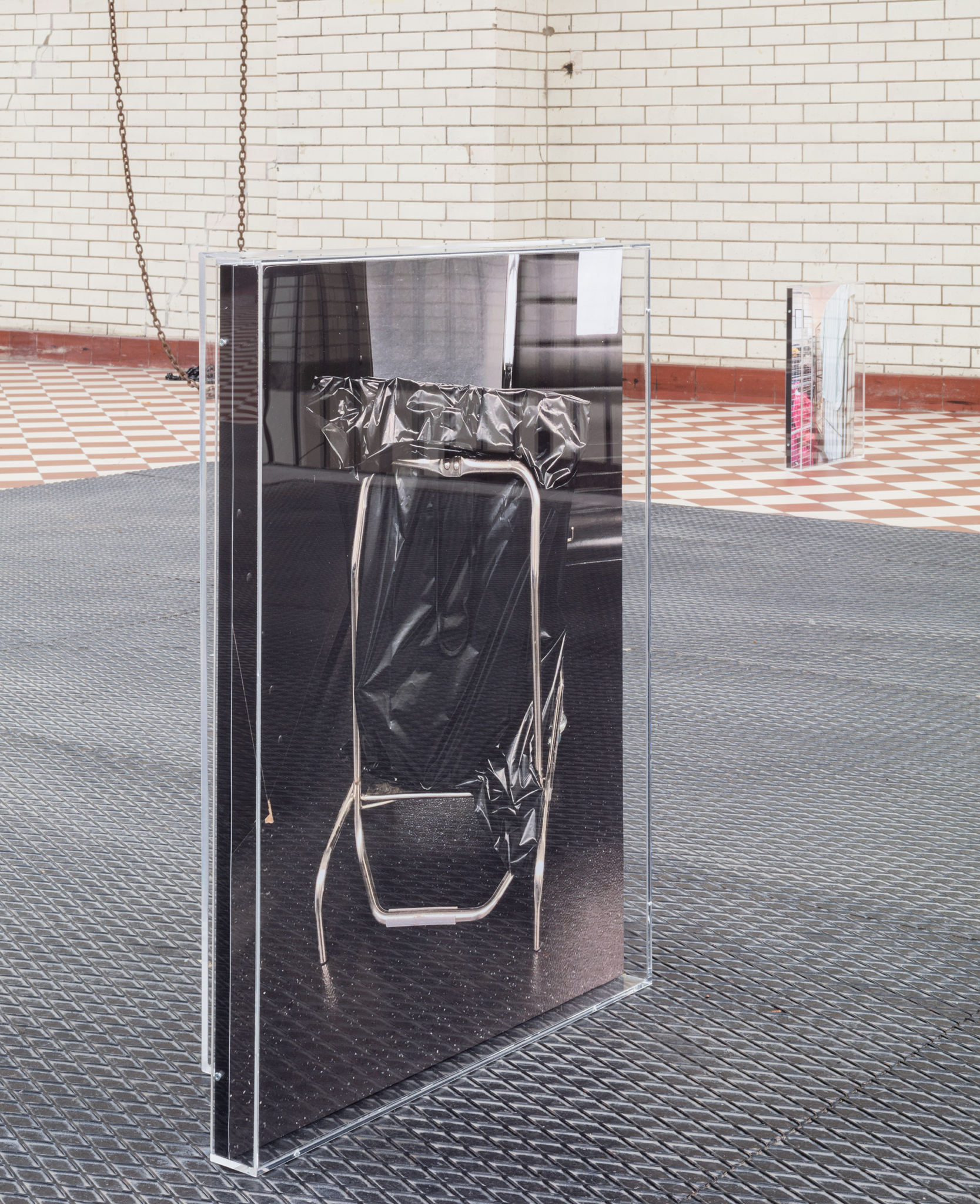

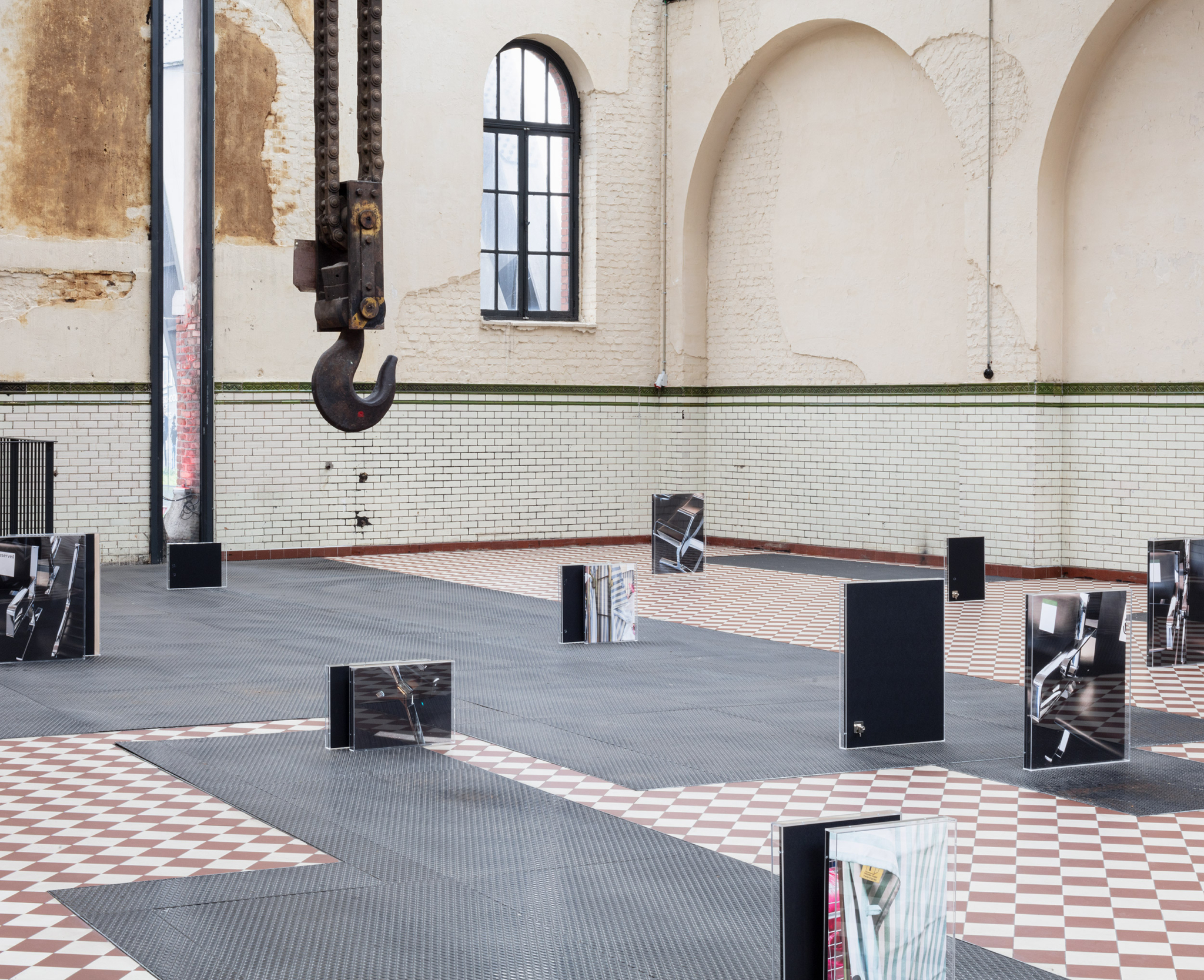




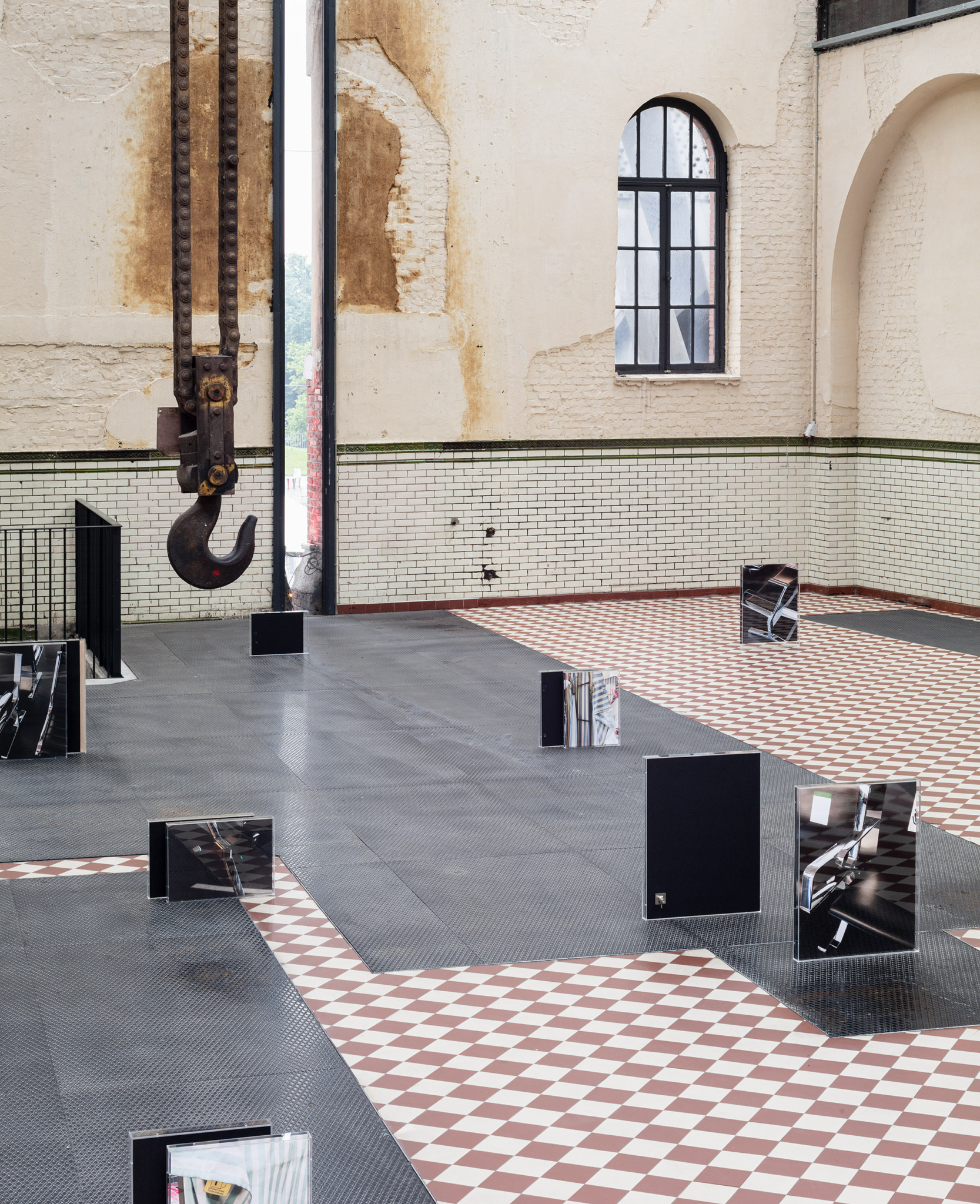


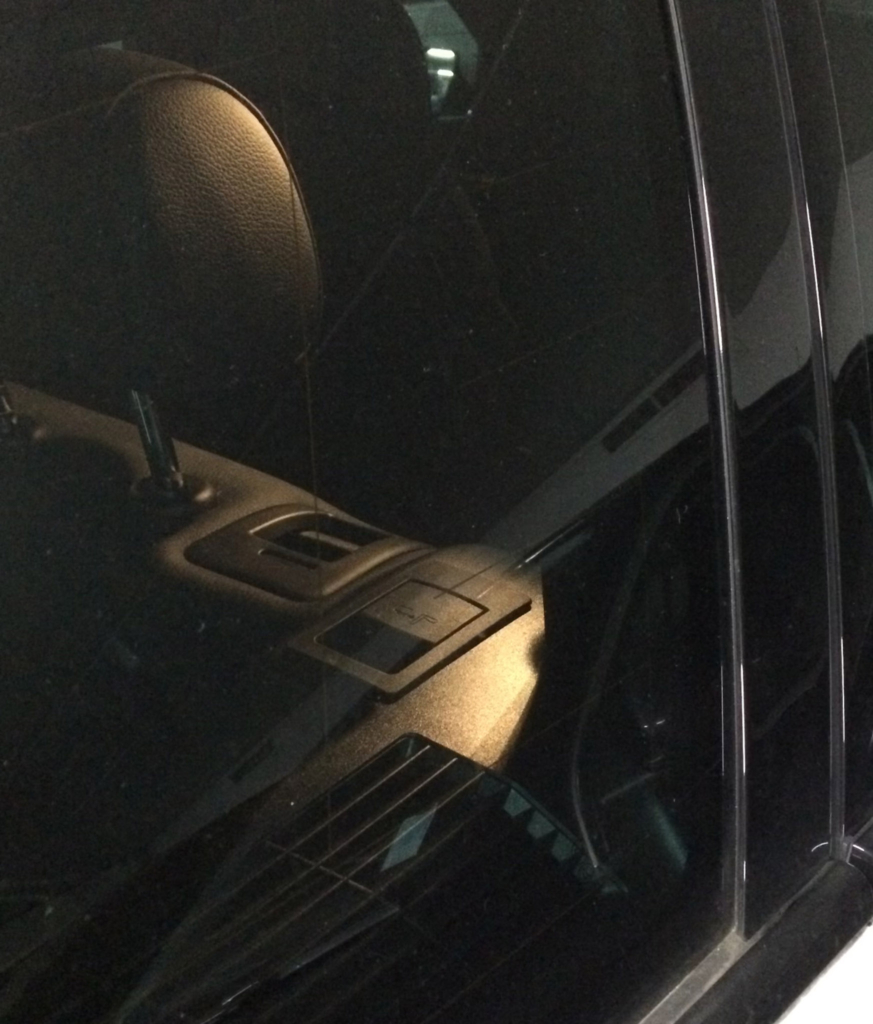
You may never know what's causing all the traffic
19.06–11.09.2021
Marina Sula
You may never know what's causing all the traffic
19.06–11.09.2021
A digital version of the publication accompanying the exhibition can be downloaded here
Marina Sula’s practice spans photography, sculpture, and installation. She appropriates elements from the realms of industry, design, and advertising to construct highly controlled yet ambiguous environments.
Her interest gravitates towards objects and sites that problematise the distinction between original/generic, individual/collective, private/public, such as waiting rooms, offices, and airports. In blending the persuasive, utilitarian language of forms specific to industry and advertising with more intimate registers, her work transmits a similar sense of ambiguity.
In the months leading to the exhibition, the artist amassed a vast archive of ‘poor images’, either snapped with her phone or pulled off of the internet. All of them exhibit the kind of hyperreal, enhanced genericness characteristic of stock footage or ads. These images have been manipulated and transformed using both digital reproduction techniques and manual work and given a physical presence, encased in acrylic boxes or embedded in stainless-steel benches. In the nearly 10-meters-tall former industrial hall, the works are positioned directly on the floor, softly guiding the viewers through the layers of mirroring surfaces and deconstructed images.
Bio:
Marina Sula (1991°, Lezhe, Albania) lives and works in Vienna. She studied Art History at the University of Vienna and photography at the Vienna Academy of Fine Arts. Currently, Sula is an artist-in-residence at Cité Internationale des Arts, Paris. Her solo exhibitions include: I’m Sorry, I can’t, don’t hate me at Gabriele Senn Gallery, Vienna (2019); Warten at Viennacontemporary (2019); After Solitude at the Academy of Fine Arts, Vienna (2018); What is it like.. at Kunstverein Kevin Space, Vienna (2016). Her work has been shown in group exhibitions at: Galerie der Stadt Schwaz (2021); National Gallery, Prishtina (2021); GAM Fondazione Musei, Turin (2020); PCP Gallery, Paris (2020); Kunstverein Kevin Space, Vienna (2020); Nir Altmann, Munich (2020); Kunstforum, Vienna (2020), Belvedere 21 – Museum for Contemporary Art, Vienna (2019); Croy Nielsen, Vienna (2018).
With kind support of Flemish Community, the City of Genk, CIAP’s members and Bundesministerium für Kunst, Kultur, öffentlichen Dienst und Sport in Austria.

photos: Stefanie Schaut






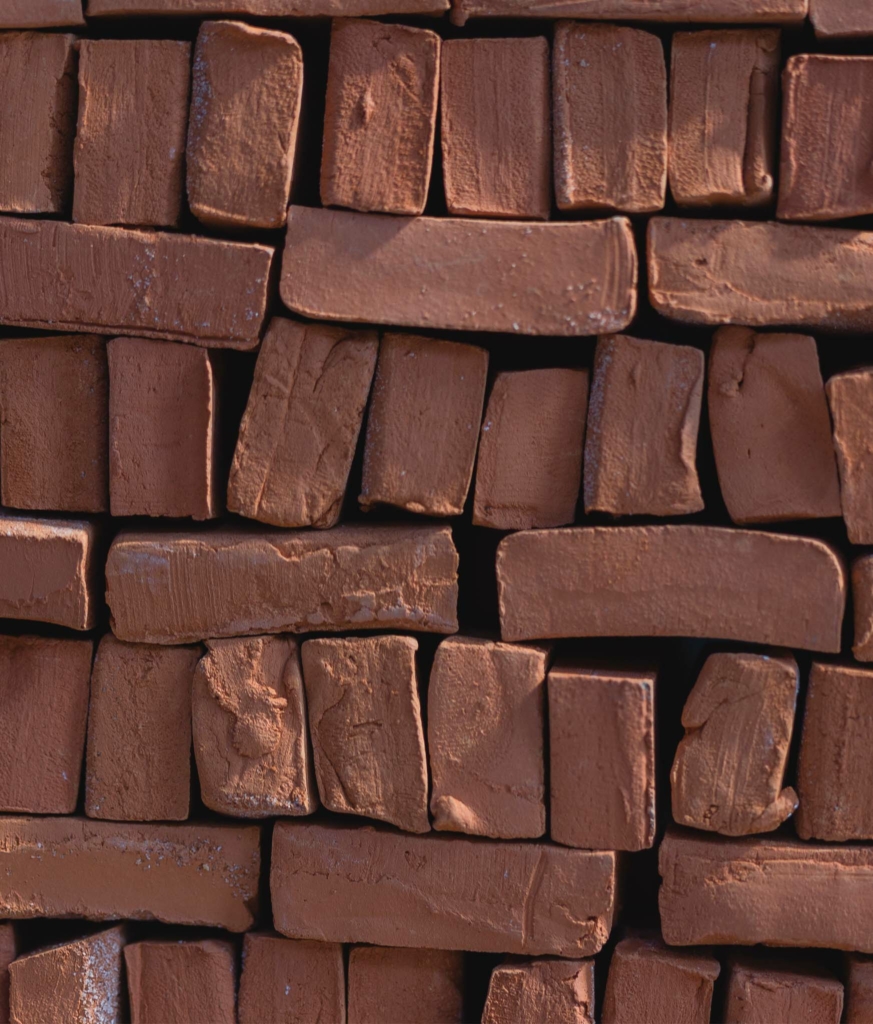
Le Paysage Ménagé #1
13.09–08.11.2020
Ciel Grommen & Maximiliaan Royakkers
Le Paysage Ménagé #1
13.09–08.11.2020
Can we create architecture that does not occupy a site but inhabits it? How do you set your proverbial foot in the landscape without trampling it? And what if it has already been trampled? These are some of the questions that kept us awake at night for over a year now.
Wide awake with us were Ciel Grommen and Maximiliaan Royakkers, a duo of artists/architects, who in 2020 joined CIAP in the endeavour of making the C-mine site and the surrounding landscape our new home. At the moment, CIAP finds itself at the point of multiple transitions, in-between institutional models, infrastructures, and locations. This complex situation, as well as the transient character of the post-industrial landscape itself, were the main starting points for the project.
In the summer of 2019, Grommen and Royakkers initiated an extensive fieldwork at C-mine site in Winterslag (Genk), surveying its polyphonic rhythm and unearthing possible intersections between our needs and those of the landscape. To best understand the intricate context at hand, the duo has reached out to different actors with close ties to the place: from the shepherd herding his stock at the site to truck drivers using it as their temporary rest-stop to botanists and geologists exploring what happens both under and above the disturbed soil. The research has gradually brought to light a great variety of often overlooked practices and species, such as the pioneering vegetation or unique insects, indwelling this seemingly vacant landscape.
Based on these findings, Grommen and Royakkers proposed a cycle of spatial interventions taking into account the unrecognised qualities of the landscape and the resources already present on site. The title of the project, Le Paysage Ménagé (literally, ‘a household landscape’), is a wordplay in the French expression un paysage aménagé (‘constructed landscape’). The removal of the prefix ‘-a’ shifts the emphasis from artificially constructing the landscape to inhabiting and taking care of it.
Le Paysage Ménagé involves the development of two complementary, physical structures for living, working, and making. The aim of the project is not only to install the figurative ‘mailbox’, marking the physical presence of CIAP on the site, but to enter into a dialogue with the local landscape and form new alliances between its different actors (organisations, artists, inhabitants, animals and plants), areas (existing architecture, civic infrastructure, spoil tips, empty lots), and functions (residential, educational, cultural, commercial).
The first spatial intervention will be launched in September 2020 and will take the form of a ceramic fireplace, inspired by the duo’s research into alternative bioclimatic and vernacular design principles. Conceived as a batch rocket stove — a type of simple, wood-burning stove — it can reach temperatures high enough to bake ceramics, and more specifically, bricks. Grommen and Royakkers will make use of this low-tech solution to bake bricks from soil coming from the adjacent terrils (spoil tips).
In this way, the artists plan to bring new life to the historic brickyard of Winterslag, which as the only mining site in Genk used the leftovers of their operation to produce building material. This unique practice transformed Winterslag from the site of extraction, emptying geological layers, into the site of production, using waste as a starting point for material transformation. Still today, the characteristic black-charred bricks, known as Winterslagse duivels (‘the devils of Winterslag’), clad the facades all over the neighbourhood.
In a slow layering process spanning over several months, Grommen and Royakkers will use the freshly produced bricks to build the ceramic structure surrounding the stove. This structure and the surrounding warm atmosphere will offer comfort to different inhabitants: people gathering over food but also birds and insects seeking shelter in the structure’s nooks and crannies. Le Paysage Ménagé lays the foundations for the new house for CIAP (and soon also FLACC) at C-mine.
Bio:
Ciel Grommen (°1989, Sint-Truiden) and Maximiliaan Royakkers (°1988, Hasselt) are a duo of artists/architects, whose work on the threshold of artistic research, education and spatial design questions present social, political and ecological dynamics. Taking complex social contexts and often disturbed landscapes as a starting point, Grommen and Royakkers develop their projects through extensive fieldwork, spatial interventions, and other interactive, participatory formats. Their role as spatial practitioners involves weaving of new narratives into spaces and testing out alternative ways of living-together, inhabiting, and relating to our environments. Ciel Grommen extended her training in architecture at the University of Leuven (2012) with a Master in contemporary art at the HEAD in Geneva (2015). Her works have been exhibited internationally, amongst others in Artsonje Art Centre, Seoul; Live In Your Head Gallery, Geneva; and Z33 in Hasselt; but even more often, they appeared in the non-institutional context, such as Petit Chateau, the asylum centre in Brussels, the post box of her neighbour, the Aldi parking lot of Borgloon, and online. Maximiliaan Royakkers also graduated as an architect from the University of Leuven (2012) and obtained a master’s from the Studio for Immediate Spaces at the Sandberg Institute in Amsterdam (2014). His work spans projects of design, artistic research, teaching and educational experiments and contributing to magazines and editorial projects. His works have been presented by Bureau Europa and Jan Van Eyck Academie, Maastricht; De Singel Antwerp; Bozar, Brussels; Z33, Hasselt; and Stroom, Den Haag.
The project is realised in co-production with FLACC — workplace for visual artists. With the support of the Flemish Community, the City of Genk, and CIAP members.
Related projects
Related Projects
Le Paysage Ménagé #2
28.03–11.05.2021






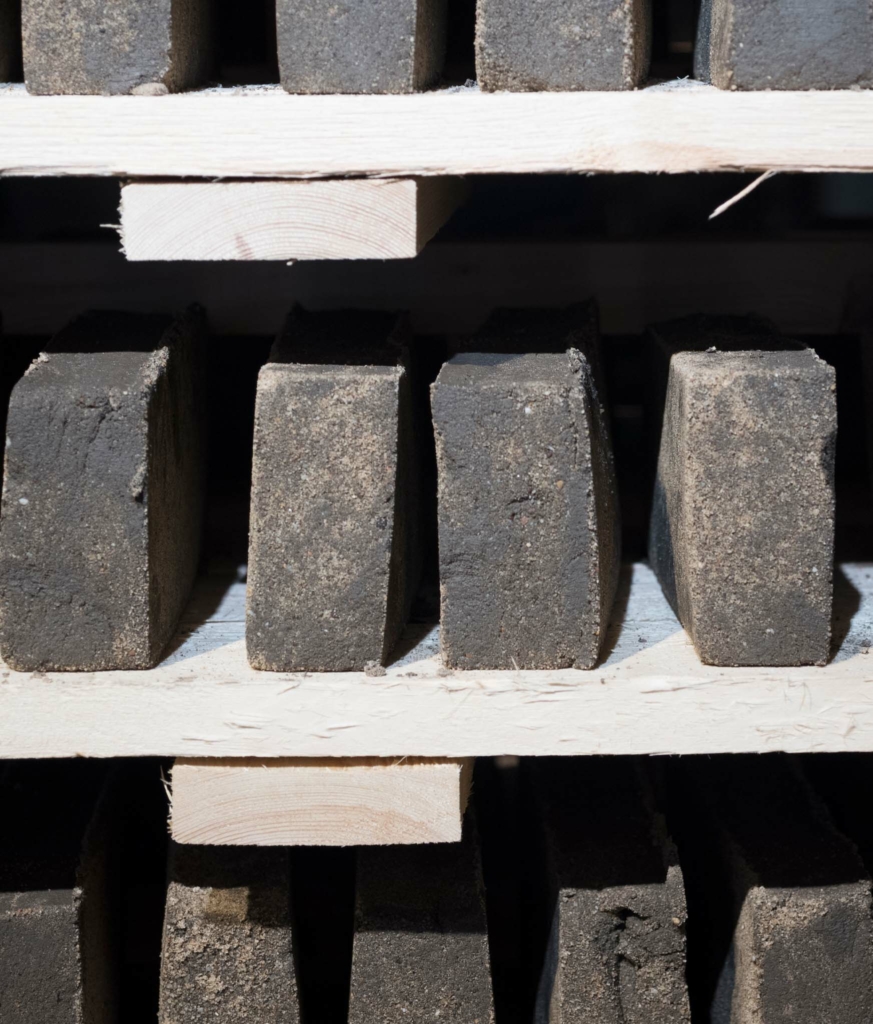
Le Paysage Ménagé #2
28.03–11.05.2021
Ciel Grommen & Maximiliaan Royakkers
Le Paysage Ménagé #2
28.03–11.05.2021
Le Paysage Ménagé is a long-term research project of Ciel Grommen and Maximiliaan Royakkers, developed in collaboration with CIAP and FLACC – workplace for visual artists, inviting us to imagine new ways of being in the landscape and making connections with and within it. Taking the complex, post-industrial landscape of Winterslag as a starting point, the project envisages a series of spatial interventions, or ‘furniture’, which can function as both physical and figurative platforms for dialogue.
To ‘furnish’ a landscape means to create something provisional and flexible, to take a stance without planting a flag or claiming the territory. The first piece to furnish the C-mine site is a temporary brick platform – a unique meeting place where during the day meals and stories are shared and at nights animals and plants take over. Inspired by the Chinese ‘kang’ bed and the Russian ‘pechka’ stove, the platform can be heated up from the inside, emanating warmth and aura of hospitality.
The material used to construct this platform takes its roots in the local history; as the only mining site in Genk, Winterslag operated a brickyard, where the residue of the mining process was transformed into building material for the rapidly expanding residential districts. Still today, the characteristic black-charred bricks, known as Winterslagse Duivels (‘the devils of Winterslag’), clad the facades all over the neighbourhood.
With the support of passionate experts and amateurs, Grommen and Royakkers have developed a parallel brick-making technique, using the so-called ‘minestone’ – a mixture of sand, clay, and water, present in the ground and officially considered ‘waste material’. Those bricks are hand-formed, air-dried, and fired on-site, in a temporary field oven. With every baking cycle, this low-tech oven is assembled and disassembled again.
Every step in this slow production process takes place in the public space. The baking cycles become an opportunity to experiment, to exchange knowledge, and to engage in conversations about the local landscape with the visitors, neighbours, fellow artists, and
passers-by.
Where to see the work-in-progress?
We invite you to follow the project online, on our social media and our website, or come by C-mine to see the work-in-progress. In late February, Grommen and Royakkers will set up a temporary open-air brickyard at the foot of the terril (slag heap) adjacent to C-mine.
The artists will be working on the site during the baking cycles on the following dates:
28/03 – 31/03
18/04 – 22/04
07/05 – 11/05
In May, the bricks will be used to construct the daybed, in which forms, techniques, and materials inspired by both distant and local traditions come together; a concept which resonates with the multicultural character of Genk. In June, we plan a special inauguration of the platform, with an exciting public programme. More info will follow soon.
The project is realised in co-production with FLACC — workplace for visual artists. With the support of the Flemish Community, the City of Genk, and CIAP members. Le paysage Ménagé is part of the ELEMENTS partnership in which contemporary art and cultural institutions in Dutch Limburg, Belgian Limburg and Liège program around an ‘element’ associated with the region.
Related Projects
Le Paysage Ménagé #1
13.09–08.11.2020





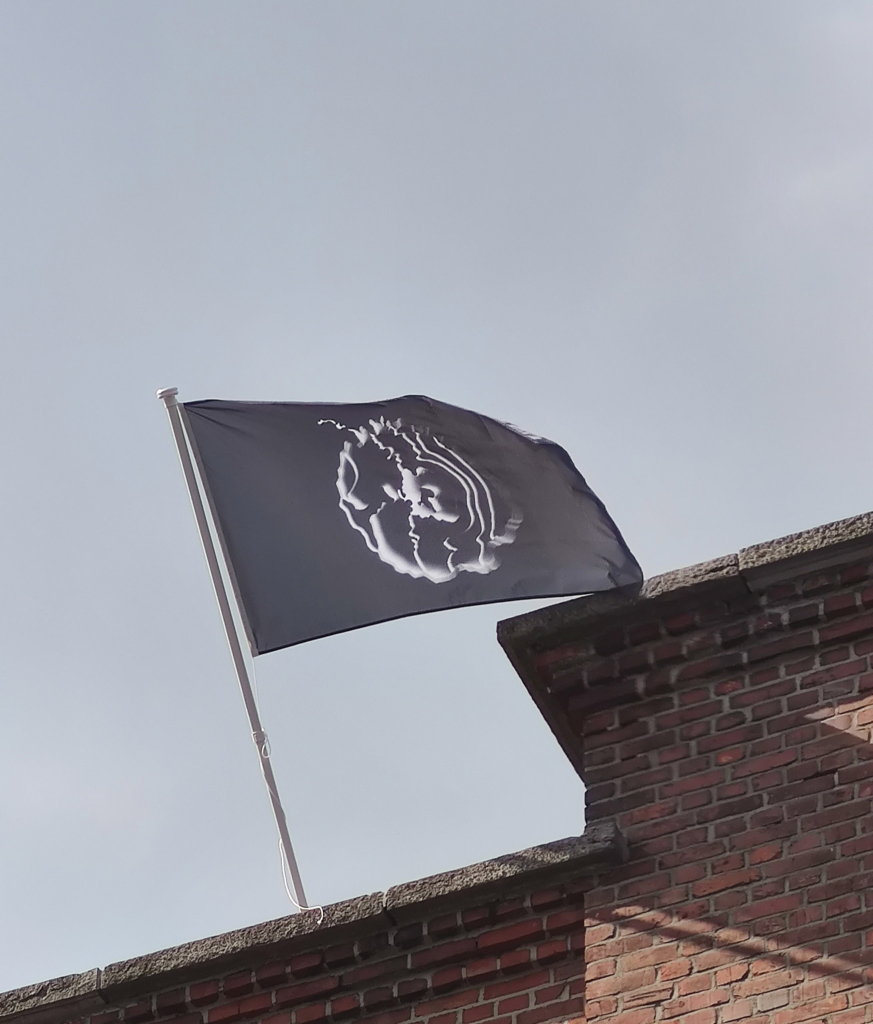
Four Flags
Four Flags is a temporary project to support artists in this period of isolation and to promote art in public space. The goal of Four Flags is to present physical art at the time when the focus is put on virtual art experience. If the visitors cannot come inside, the art has to come outside.
Four Flags is an initiative of Julia Mullié and Nick Terra from Amsterdam. They came up with the idea one day while enjoying the sun on the windowsill of their house in Amsterdam, when their gaze rested on the flag-holder attached to the facade of their house. It was launched on April 15 in Amsterdam. Each week, two new flags are going to be introduced to the public, and in total, 30 artists were invited to design a flag. For the element of surprise, the participating artists are only announced once their flag has been hung.
Four Flags is coming to Belgium
At the initiative of collector Siska Bulkens and curator Louis-Philippe Van Eeckhoutte, in the coming weeks, the flags will travel to a number of non-profits organisations in Belgium.
We hope to bring the art experience back to its essence, to close the gap in the digital art experience, to stimulate art lovers and to maintain the focus on non-profits. The collaboration between the initiators, the artists, the non-profits, the curators, and the collectors embodies a sense of collectivity for now and for the future, state the organisers.
From the 30th of April until the 31st of July, new flags will be presented weekly at Netwerk Aalst, Aalst; Be-Part, Waregem; Kunsthal, Ghent; AAIR, Antwerp; CIAP, Genk; KIOSK, Ghent; La Loge, Brussels, and CC Strombeek, Grimbergen.
- Week 1: 30.04–06.05
Kasper Bosmans (°1990, BE)
- Week 2: 07.05–13.05
DAS INSTITUT: Kerstin Brätsch (°1979, Germany) & Adele Röder (°1980, Germany).
- Week 3: 14.05–20.05
Juliette Blightman (°1980, UK)
- Week 4: 21.05–27.05
Anna-Sophie Berger (°1989, AT), Evelyn Taocheng Wang (°1981, CN)
- Week 5: 28.05–05.06
Maria Roosen (°1957, NL), Raquel van Haver (°1989, CO) en Ana Mazzei (°1979, BR).
- Week 6: 06.06-12.06
Jennifer Tee (°1973, NL), Dora Budor (°1984, HR), Benjamin Hirte (°1980, DE)
- Week 7: 13.06-19.06
Antonis Pittas (°1973,GR), Lena Henke (°1982, DE), Vanessa da Silva (BR)
- Week 8: 20.06-26.06
Willem De Rooij (°1969, NL), Philippe Guffler (°1989, DE), Adriano Amaral (°1982, BR), en Cemfreio.
- Week 9: 25.06-01.07
Dieter Durinck (BE), Rodrigo Hernandez (°1983, MX), Magali Reus (°1981, NL) en Dudu Santos (°1943, BR).
- Week 10: 02.07-08.07
Andrés Matias Pinilla (°1988, CO), Luiza Crosman (°1987, BR), Dabin Ahn (°1988 KR/US), Cibelle Cavalli Bastos (°1978, BR).
- Week 11: 09.07-15.07
Iñaki Chavarri (°1982, ES), Daniel Salamanca (°1983, CO), Mika Horibuchi (°1991 US), Kelly Akashi (°1983, US).
- Week 12: 16.07-22.07
Ricardo Basbaum (°1961, BR), Michael x Ryan (°1956, US), Dan Rizzo-Orr (°1989, US), Bruno Baptistelli (°1985, BR).
Four Flags can be followed online via the Instagram account @ fourflags2020.












